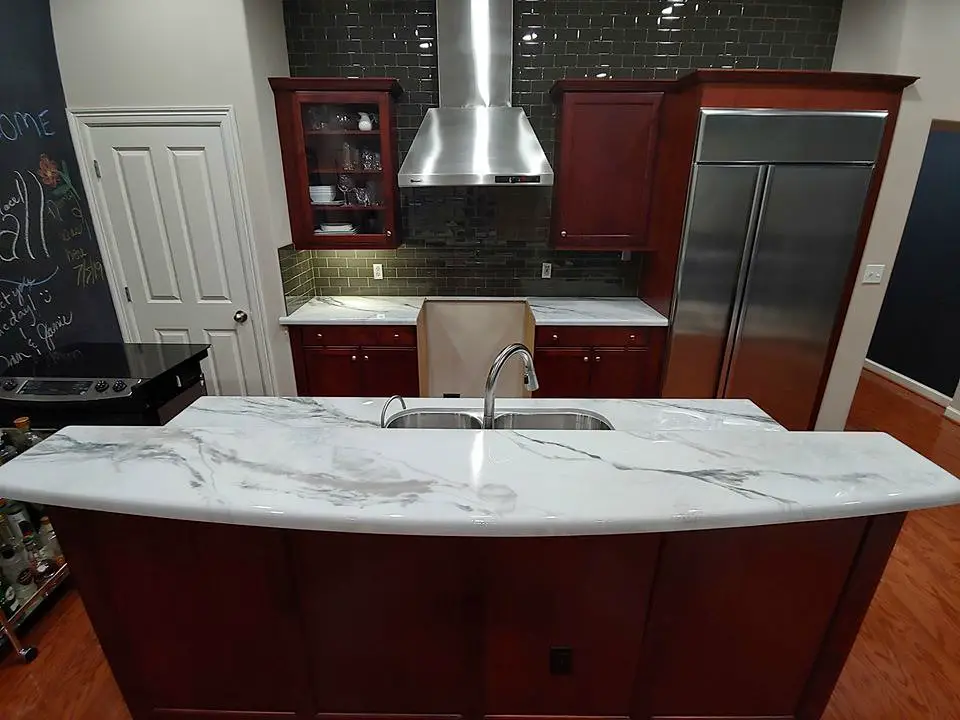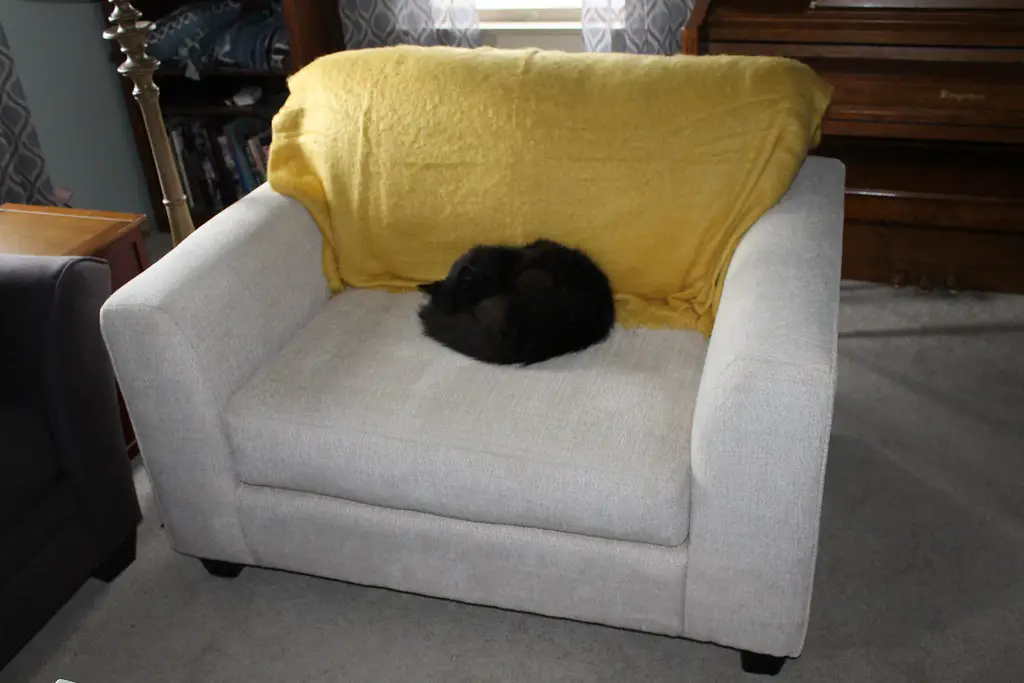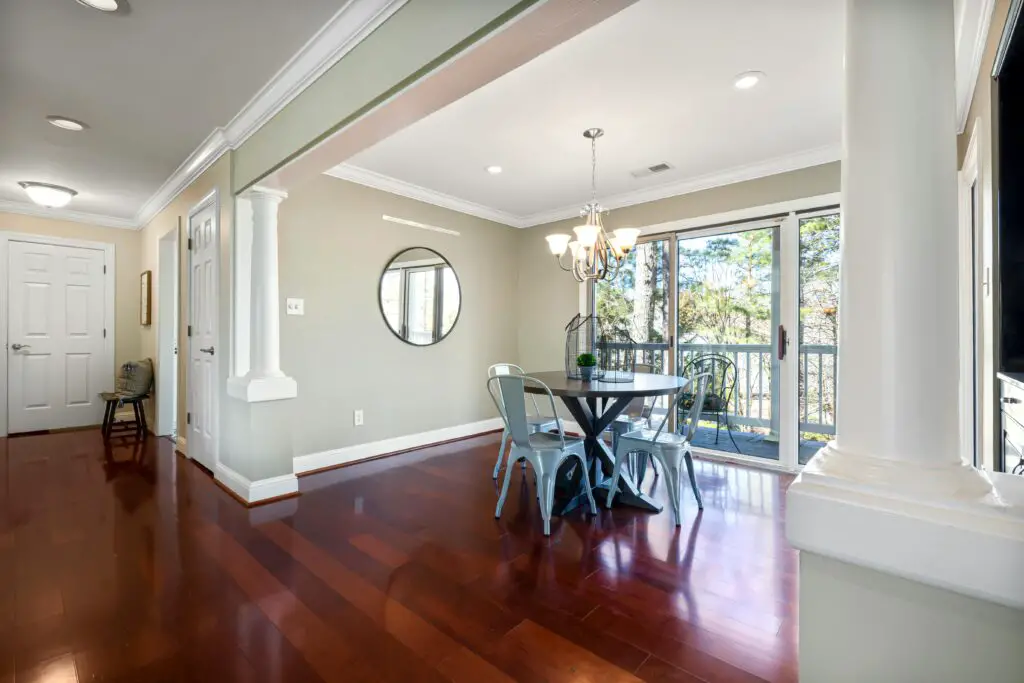When it comes to designing a home, most of us aim for style, comfort, and clever functionality. But sometimes, what seems like a brilliant design choice in theory can quickly become awkward, inconvenient, or downright embarrassing the moment guests walk through the door. From ultra-minimalist seating to overly complicated smart tech, here are 12 home trends that might impress on Instagram—but lose their charm when it’s time to entertain.
1. Open Bathrooms or Glass Doors

Open-concept bathrooms and glass-enclosed showers might look sleek and modern, but they sacrifice one very important thing: privacy. What seems like a bold, contemporary design choice can feel incredibly awkward for guests who expect a clear separation between bathroom and living space. Whether it’s a toilet in full view or a shower with see-through doors, it puts visitors in an uncomfortable spot. Nobody wants to be on display during such a personal moment.
This type of design also complicates things for overnight guests or those unfamiliar with your home’s layout. It may cause them to hesitate using the facilities at all or force them to ask for directions and instructions. In shared living spaces like lofts or open-plan hotel-style rooms, even the sounds can feel invasive. A well-designed guest-friendly bathroom should offer comfort, not self-consciousness, notes The Spruce.
2. Elaborate Outdoor Kitchens

At first glance, an outdoor kitchen seems like the ultimate entertaining upgrade—but it often backfires when guests are involved. Weather can be unpredictable, leaving everyone either sweating in the sun or scrambling indoors mid-meal. The host usually ends up isolated outside, missing the conversation while tending to the grill. Plus, outdoor seating is rarely as comfortable as indoor furniture, and keeping the space clean and pest-free takes more work than it’s worth for most gatherings.
An outdoor kitchen might seem like an attractive addition, but in reality, it often goes unused. The cost of installing built-in grills, refrigerators, and extensive countertops can be steep, and many homeowners find that they don’t use these features often enough to justify the expense, says the Wall Street Journal. For those living in regions with colder climates, an outdoor kitchen may be impractical for much of the year. Instead, buyers are focusing on versatile outdoor spaces that require less maintenance and investment.
3. Over-the-Top Smart Home Systems

While smart home technology remains popular, overly complex systems can be overwhelming for many buyers. Fully integrated systems that control lighting, security, and climate may seem impressive, but they often require ongoing maintenance and technical expertise. Marketplace notes that many buyers prefer basic smart features, such as programmable thermostats or video doorbells, over a high-tech setup that feels excessive. Simple, user-friendly technology is in higher demand than intricate, high-maintenance systems.
Smart home technology promises convenience, but it can quickly become a source of confusion—or even frustration—when guests come over. From voice-activated lights that don’t recognize unfamiliar voices to app-controlled locks and thermostats that only the host can operate, visitors can feel like they need a manual just to turn on a light or adjust the temperature. What’s meant to be sleek and efficient often turns into a tech headache, especially when the Wi-Fi acts up or devices glitch at the worst possible time.
4. Marble Countertops

Marble countertops are undeniably elegant, but they’re not exactly guest-friendly. This high-maintenance material is prone to staining, scratching, and etching from everyday items like wine, citrus, or even a hot plate. When guests are mingling with drinks and snacks in hand, it’s hard to relax knowing a single spill could leave a permanent mark. Instead of enjoying the gathering, you might find yourself hovering protectively over your pristine surfaces—hardly the carefree vibe you were going for.
Additionally, marble is prone to scratching and etching from acidic foods and cleaning products, according to Real Simple. Unlike durable alternatives such as quartz or granite, it demands constant attention to keep it looking flawless. If you love the look of marble but want less maintenance, engineered stone options can offer a similar aesthetic with greater durability. True luxury should simplify life, not complicate it.
5. Oversized Furniture

Oversized furniture like massive sectionals or sprawling sofas may scream comfort, but they can quickly overwhelm a room. While perfect for lounging alone or with close family, these pieces limit flexibility when hosting guests. There’s often no clear space for people to gather in smaller conversation groups, and maneuvering around bulky furniture can become a challenge. It ends up turning a living room into an obstacle course rather than a welcoming space.
Plus, big furniture doesn’t always mean more seating—it can sometimes mean less. Deep cushions and low seats may not be accessible or comfortable for all guests, especially older visitors. And once someone is seated, it can be awkward or difficult to get up without help. Furniture that looks inviting should also be functional, and unfortunately, oversized designs don’t always strike that balance.
6. Luxury Chef’s Kitchens

A high-end chef’s kitchen with professional-grade appliances may look impressive, but it often fails to provide a solid return on investment. Many buyers today prioritize practicality over luxury, opting for kitchens with mid-range appliances that meet their everyday needs. The cost of premium features, such as built-in espresso machines or oversized ranges, can be difficult to justify, especially if the homeowner rarely cooks gourmet meals. Buyers often see these upgrades as unnecessary expenses rather than must-have amenities.
A chef’s kitchen might be a dream for cooking enthusiasts, but it can feel more intimidating than inviting when guests come over. With professional-grade appliances, complex layouts, and an abundance of specialty tools, these kitchens can make guests feel like they’re not allowed to touch anything—let alone help out. Plus, the space often prioritizes function over warmth, lacking the cozy, communal vibe that encourages people to gather and chat. Instead of being the heart of the home, it can feel more like a high-end showroom or a workspace where guests are afraid to step out of line.
7. Whirlpool Tubs

Whirlpool tubs were once considered a luxurious bathroom upgrade, but they have fallen out of favor with many homebuyers. These tubs require significant water usage and frequent maintenance, making them impractical for daily use. Homeowners are increasingly opting for spacious walk-in showers with rainfall showerheads and modern tile designs instead. Large showers offer both functionality and aesthetic appeal, making them a more desirable feature than bulky whirlpool tubs.
Additionally, many buyers associate whirlpool tubs with higher cleaning demands and potential mechanical failures. The hassle of keeping jets clean and the potential for mold buildup make these tubs less attractive. Walk-in showers with bench seating, steam options, and high-end fixtures are now the preferred luxury bathroom upgrade. As buyers lean toward practical, easy-to-maintain bathroom designs, whirlpool tubs are quickly becoming outdated.
8. Moody or Dim Lighting

Moody lighting can be beautiful, especially for relaxing evenings or romantic dinners, but it’s not ideal for social gatherings. Guests may struggle to find their footing, especially in unfamiliar surroundings where visibility matters. Dim lighting can also make it hard to enjoy food, play games, or even take flattering photos. The atmosphere might look chic, but it often comes at the cost of comfort and practicality.
Another downside is that it excludes older or visually impaired guests who may already struggle in low-light settings. It also creates an uneven vibe—some parts of the home might feel cozy, while others feel uninviting or even unsafe. If guests are constantly asking where the light switch is, it’s probably a sign that your setup isn’t quite guest-ready. A layered lighting plan with adjustable brightness can create ambiance and ease.
9. High-Maintenance Flooring

High-maintenance floors might look stunning in photos, but they’re a source of stress when guests come over. White carpets show every footprint and spill, while dark glossy wood reveals dust, scratches, and even pet hair. Visitors can feel self-conscious just walking across them, especially if they’re wearing shoes—or worse, if they accidentally track in dirt. Instead of feeling welcomed, guests may feel like they’re tiptoeing around a museum.
The constant upkeep also takes a toll on the host, who might spend more time cleaning than enjoying the company. Any kind of gathering—especially ones involving food or drinks—turns into a balancing act between hospitality and preservation. In the long run, floors should enhance a space, not create anxiety. If entertaining is a regular part of your lifestyle, go for durable, low-maintenance materials that are easy to clean and hard to damage.
10. Ornate Fireplaces

Grand fireplaces with elaborate mantels were once a hallmark of luxury homes, but their appeal has faded. Many buyers, particularly in warmer climates, see them as unnecessary and inefficient. Traditional wood-burning fireplaces require upkeep, cleaning, and chimney maintenance, making them less practical for modern living.
Instead, homebuyers favor sleek, low-profile fireplaces or alternative heating solutions like radiant floor heating. Some prefer to remove fireplaces entirely to free up wall space for larger windows or built-in shelving. As energy efficiency becomes a priority, ornate fireplaces are being replaced with more streamlined and functional designs.
11. Elaborate Landscaping

Elaborate landscaping with intricate flower beds, large water features, and extensive lawns is becoming less desirable. Many buyers prefer low-maintenance yards that require minimal upkeep and water consumption. The trend toward sustainability and eco-friendly landscaping has led to an increase in interest in native plants, xeriscaping, and artificial turf. These options reduce the need for constant watering, mowing, and fertilizing, making them more appealing to busy homeowners.
For many buyers, a simple, well-maintained yard with a patio or small garden is preferable to an elaborate landscape design that demands significant time and effort. The cost of professional landscaping services can also be a turnoff, as buyers seek homes with easy-to-manage outdoor spaces. As the desire for sustainability and practicality grows, high-maintenance landscaping is falling out of favor.
12. Grand Entryways

Massive two-story entryways with grand staircases and oversized chandeliers are losing their charm. While they may make a dramatic first impression, they often feel cold, inefficient, and impractical for everyday living. Buyers today prioritize functional entry spaces with built-in storage, mudrooms, or cozy foyers that serve a practical purpose.
Instead, homeowners prefer welcoming, well-designed entryways that balance aesthetics with usability. Features like bench seating, hooks for coats, and streamlined lighting create a space that is both stylish and functional. As home designs become more focused on livability, elaborate entryways are being replaced with more practical alternatives.
